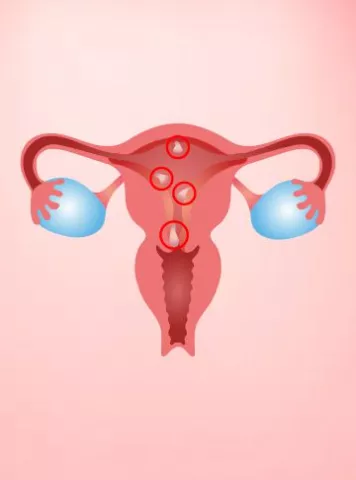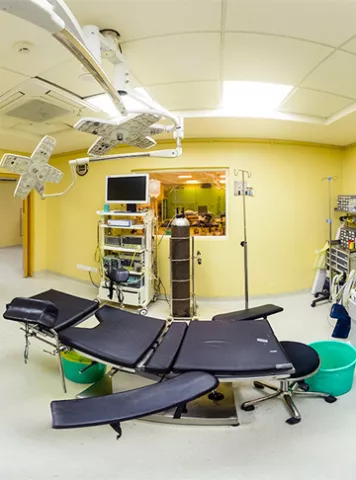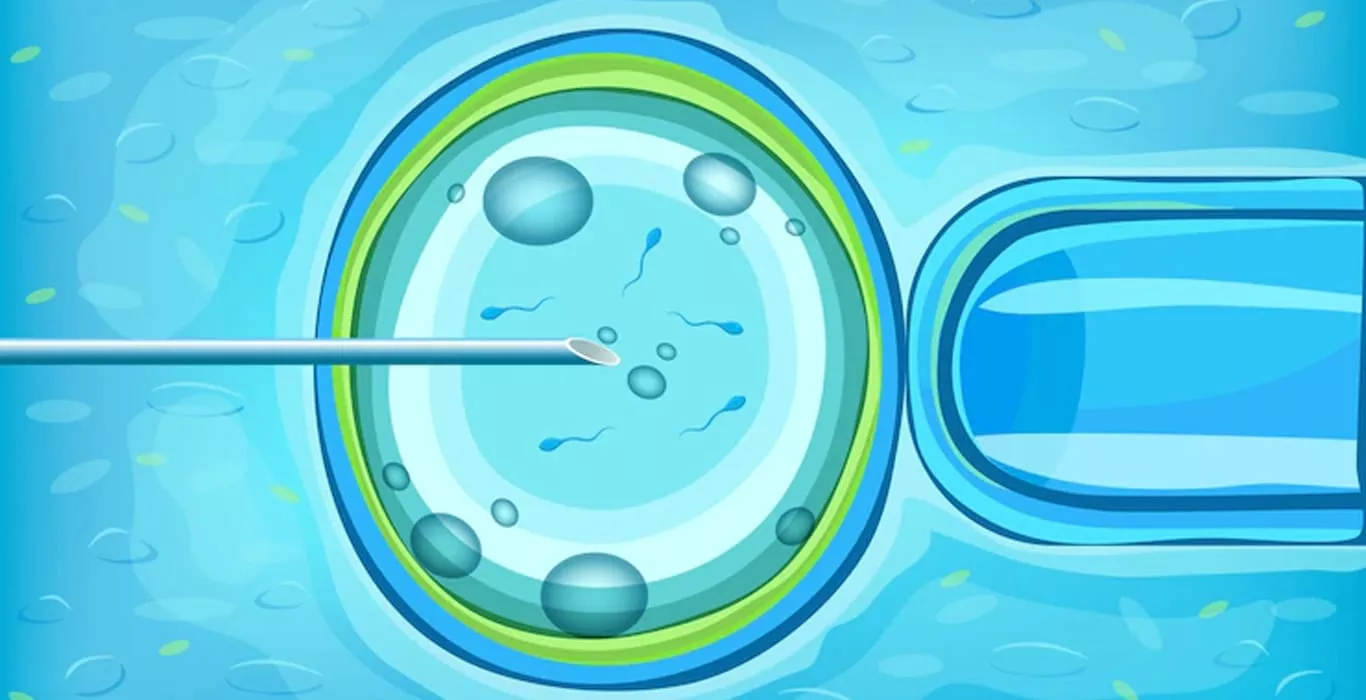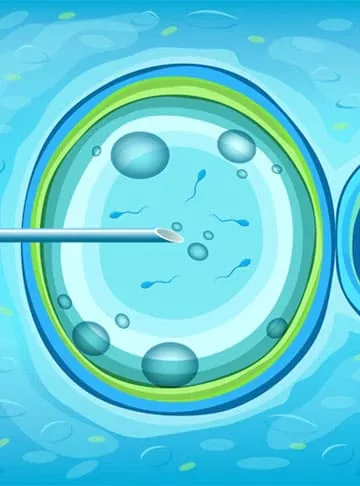What is IVF Treatment?
IVF full form in medical terms is In Vitro Fertilization. It is a complex procedure that helps couples or single women with infertility to conceive. Let's understand In Vitro Fertilization Meaning/IVF Meaning in detail.
Many women struggle with infertility problems today. This might be due to environmental or genetic issues or ovulation disorders that might be caused due to PCOS, hypothalamic dysfunction, primary ovarian insufficiency, damage to the fallopian tube, or uterine or cervical tumours. In addition to these, several other reasons contribute to the risk of infertility.
Despite the multiple infertility causes and a significant increase in infertility cases, conceiving babies has become easy, thanks to the current advancements in technologies and the introduction of IVF (Assisted Reproductive Technology).
All the matured eggs are collected from the ovaries and fertilised with the concerned sperm externally in a lab. After 3 to 5 days or on 5th day, the healthy fertilised eggs (embryos) are transferred into the uterus. A complete IVF cycle takes around three weeks to be successful. Even after the implantation of the matured eggs, you need to visit the doctor to avoid any complications.
IVF can be done using your eggs and sperm or from any known or unknown donor. It is one of the most effective ways of getting pregnant, but the chances of getting pregnant and having a healthy baby depend on various factors, including age and the cause of infertility. Also, if more than one embryo is transferred, multiple pregnancies are likely to happen.
Why is IVF Done?
IVF is the primary treatment for women who are facing problems in getting pregnant. IVF is considered if you have the following –
- Damage or blockage in the fallopian tube which makes it difficult for an egg to be fertilised or an embryo to travel to the uterus.
- When tissues similar to the uterus lining grow outside the uterus affecting the function of the ovaries, fallopian tube, and the uterus.
- Infrequent or absent ovulation does not allow the production of enough eggs for fertilisation.
- A benign tumour in the uterus, fibroids, interferes with the implantation of fertilised eggs.
- Average to low sperm count, abnormal sperm size and shape in males.
- Genetic disorders in the couples.
- Any unexplained infertility problems in Male or Female partner.
What are the advantages of IVF?
IVF helps people who cannot naturally conceive. The following are the advantages of the IVF procedure -
- IVF offers a pregnancy chance to couple with infertility issues to have their own children.
- If you are above 40 years old, IVF gives you a chance to have a baby even if you have a low egg production.
- To tackle male infertility, IVF is the best option.
- If you have PCOS, IVF can help you get pregnant, as PCOS is usually associated with infertility.
- It is considered the safest and most effective procedure among all assisted reproductive procedures.
How is IVF Done?
IVF is a lengthy procedure which includes a series of carefully performed steps at the timely intervals decided by the IVF doctor. Here are the steps involved-
Stimulation
Each menstrual cycle typically results in one egg being produced by a woman. Nonetheless, several mature eggs are needed for IVF cycles. Utilising more than one egg enhances the likelihood of creating a healthy embryo and successful conceiving. You will be given fertility medications to boost the number of eggs your body produces. Regular blood tests and ultrasounds will be done during this period by your doctor to track the development of the eggs and inform them when to be removed.
Egg Retrieval
Follicular aspiration is the term for the procedure of egg extraction or retrieval performed by a fertility doctor. It's a surgical operation done under the anaesthetic influence. Your doctor will insert a needle into an egg-containing follicle in your ovary after using an ultrasound wand to guide it through your vagina. Each follicle will have eggs and fluid suctioned out of it by the needle.
Semen Extraction or Donation
The male partner or donor will provide the sample of semen to the doctor. The semen samples will contain millions of sperm, out of which the doctor will screen the healthy sperm for the fertilisation process.
Embryo Culture
In a petri dish, a technician will combine the sperm and the eggs for the fertilisation process (sometimes, the doctor could recommend ICSI (Intracytoplasmic Sperm Injection) to directly inject the sperm into the egg). Your doctor will observe the fertilised eggs to ensure they divide and grow normally. At this point, the embryos could be subjected to genetic condition testing.
Embryo Transfer
Embryos can be implanted once they are large and healthy enough. Three to five days following fertilisation, this often happens. During an implant procedure, a catheter is introduced into your vagina, through your cervix, and into your uterus. The embryo is subsequently implanted into your uterus by your doctor.
What are the side effects of IVF?
Some of the common side effects during ovulation stimulation IVF are as follows –
- Nausea and vomiting
- Hot flashes
- Abdominal pain
- Ovaries enlargement
- Bruising due to IVF injections
Some side effects after the embryo transfer are –
- Constipation
- Bloating
- Cramping
- Breast tenderness
What are the complications of IVF?
There are very few and mild risks involved with IVF, just like any medical process. Some of the complications are –
- Multiple pregnancies increase the risk of low birth weight and premature delivery
- Ectopic conception (when the eggs implant outside the uterus)
- Miscarriage
- Ovarian hyperstimulation syndrome (OHSS) is a rare illness that can cause an accumulation of fluid in the abdomen
- Chest bleeding, intestinal or bladder injury
IVF is known to be more successful than any other infertility treatment available. IVF can now also provide access to the genetic status of the embryos formed. Moreover, you also have the choice of selecting the number of embryos to be transferred in one attempt. If you have surplus embryos formed, you also have the option of freezing them so that if you wish to conceive another child with the help of an IVF cycle, at a later stage, you would not have to go through the entire process all over again.
The decision to opt for fertility treatment or not is a choice made after complete consultation with a fertility expert. IVF requires time and patience and it surely is a difficult path to tread on. But all that you go through during IVF treatment, is truly worth the pain and effort when you hear the first cry of your own creation. That moment will always remain priceless.
At Indira IVF and fertility center, our fertility experts are keen to help and resolve all your queries related to infertility or IVF. You can book your appointment for a free consultation with our fertility experts. Call 18003092323.
Articles
2023


Male Infertility Infertility Tips
Hyperspermia: Causes, Symptoms, Diagnosis & Treatment
What is Hyperspermia? Hyperspermia is a condition where an individual produ...


Guide to infertility treatments Infertility Tips
पीआईडी: पेल्विक इनफ्लैमेटरी डिजीज और निःसंतानता
पीआईडी - पेल्विक इनफ्लैमेटरी �...


ಗರ್ಭಪಾತದ ಲಕ್ಷಣಗಳು, ಕಾರಣಗಳು ಮತ್ತು ರೋಗನಿರ್ಣಯವನ್ನು ತಿಳಿಯಿರಿ
ಗರ್ಭಪಾತವಾಗುವುದು ಅಪರೂಪದ ವಿದ್ಯ...
2022


Infertility Tips Uterine Fibroids
Endometrial Polyps (Uterine Polyps)
What are Endometrial Polyps (Uterine Polyps)? Endometrial polyps, often ref...
2022


Cesarean Section Vs Natural Birth
Surrogacy centers in Delhi and Infertility centers in Pune state that there ar...
2022


ನಿಮಗೆ ಹುಟ್ಟಲಿರುವ ಮಗುವನ್ನು ಅರ್ಥಮಾಡಿಕೊಳ್ಳುವುದು: ಗರ್ಭದಲ್ಲಿ ಮಗು ಹೇಗೆ ಬೆಳೆಯುತ್ತದೆ!
ವೀರ್ಯವು ಮೊಟ್ಟೆಯನ್ನು ಭೇಟಿಮಾಡ�...
2022


Diet Chart for Pregnant Women: The Right Food for Moms-To-Be
Pregnancy Food Chart 1. The daily diet must include the right amount of pro...
2022


How to Find the Best IVF Doctor
The first question that infertile patients ask their family doctors and physic...
2022


All you need to know about Cesarean section C-section birth
What is C section? The Cesarean section, also known as C-section birth, is ...
2025
Pregnancy Calculator Tools for Confident and Stress-Free Pregnancy Planning
Get quick understanding of your fertility cycle and accordingly make a schedule to track it














